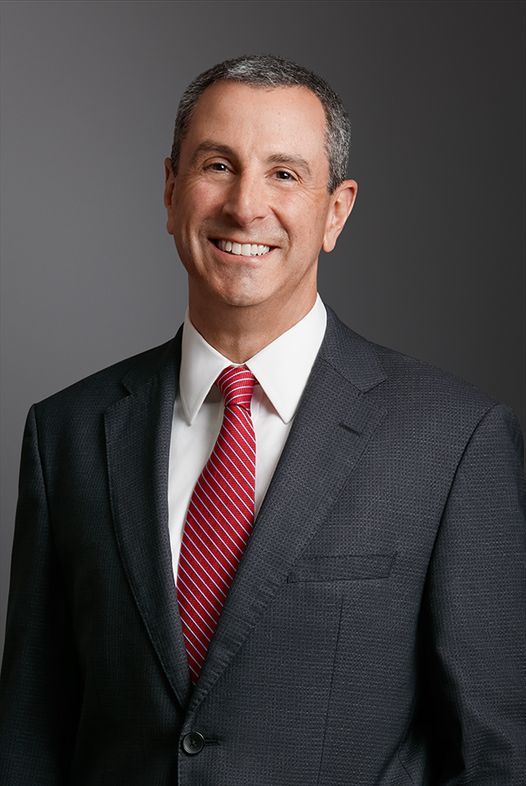Axinn IP Update: Federal Circuit Addresses BPCIA Safe Harbor, Damages
December 19, 2019
By: Ted Mathias and Matthew Murphy
Axinn Update
On December 16, 2019, the Federal Circuit issued its decision in Amgen Inc. v. Hospira, Inc., No. 2019-1067, 2019 WL 6834390 (Fed. Cir. Dec. 16, 2019), a rare BPCIA case involving application of the Safe Harbor defense and damages strictly for the manufacture of infringing products.
Amgen, the maker of Epogen®, asserted two patents relating to erythropoietin (EPO) isoforms and aspects of their production. Hospira contested liability, but also argued that its manufacture of twenty-one batches of the drug substance for its biosimilar product was protected by the BPCIA’s Safe Harbor for activities “solely for uses reasonably related to the development and submission of information [for regulatory approval].” 35 U.S.C. § 271(e). A jury determined that Hospira (i) infringed the method-of-manufacture patent, and (ii) made fourteen commercial batches outside the BPCIA’s safe harbor provision. It awarded Amgen $70 million in lump-sum royalty damages.
On appeal, Hospira argued that the district court erred in instructing the jury on the Safe Harbor by “improperly focus[ing] the jury on the reasons why each batch of EPO was manufactured, not how each batch was used.” Id. at *6 (emphasis in original). The Federal Circuit rejected that argument, holding that “[t]he relevant inquiry . . . is not how Hospira used each batch it manufactured, but whether each act of manufacture was for uses reasonably related to submitting information to FDA.” Id. at *7 (emphasis in original). The Federal Circuit also held that sufficient evidence supported the jury’s finding that fourteen batches of the drug substance fell outside the statutory Safe Harbor. It pointed to testimony that Hospira was not required to manufacture any additional batches for FDA approval after it made non-accused batches in 2012. Hospira’s expert admitted that FDA’s Complete Response Letter to Hospira did not require Hospira to produce additional batches. In view of this and other evidence, “the jury reasonably found that certain batches at issue were not protected under the Safe Harbor.” Id. at *8.
On damages, Hospira challenged the $70 million lump-sum royalty award as unreasonable because, at the time of trial, it had not received FDA approval or sold any EPO. It pointed to a “claw-back provision” in the only other lump-sum agreement in evidence as proof that a commercially reasonable party would not agree to such a large payment without knowing whether it could obtain FDA approval. But the Federal Circuit pointed to testimony from Amgen’s damages expert that the value to Hospira in obtaining a license so that it could stockpile quantities for a planned commercial launch justified the $70 million payment and affirmed the jury’s damages award.
Both the Safe Harbor and damages issues point to the difficulties that follow-on biologic and generic drug manufacturers face in balancing the commercial imperatives of preparing for launch with the potential exposure attendant to an ongoing patent dispute. Similarly-situated companies need to consider whether patent exposure might justify a smaller scale (and less profitable) launch.
To subscribe to our publications, click here.
Featured Insights
Featured Insights
ABA White Collar Crime Institute 2026
Speaking Engagement
Consumer Brands CPG Legal Forum 2026
Speaking Engagement
NBA CLS 39th Annual Corporate Counsel Conference
Sponsorship
Antitrust
New Frontiers of Antitrust – 16th Annual International Conference of Concurrences Review
Speaking Engagement
Antitrust
GCR Live Global: Navigating the Future of Antitrust 2026
Speaking Engagement
Antitrust
Healthcare Antitrust Year-In-Review Webinar
Webinar
Antitrust
Axinn Antitrust Insight: FTC Announces Revised HSR Thresholds for 2026
Axinn Viewpoints
Antitrust
Axinn Announces Nominations for the Concurrences 2026 Antitrust Writing Awards
Awards & Recognitions
Antitrust
SABA North America Corporate Counsel Retreat 2026
Speaking Engagement
Antitrust
Axinn Promotes Lindsey Strang Aberg, Rebecca L. Clegg, Allison Vissichelli, and Eva Yung to Partner; Ricardo Camposanto, Danielle D. Irvine, and Josh Jowdy to Counsel
News
Antitrust


